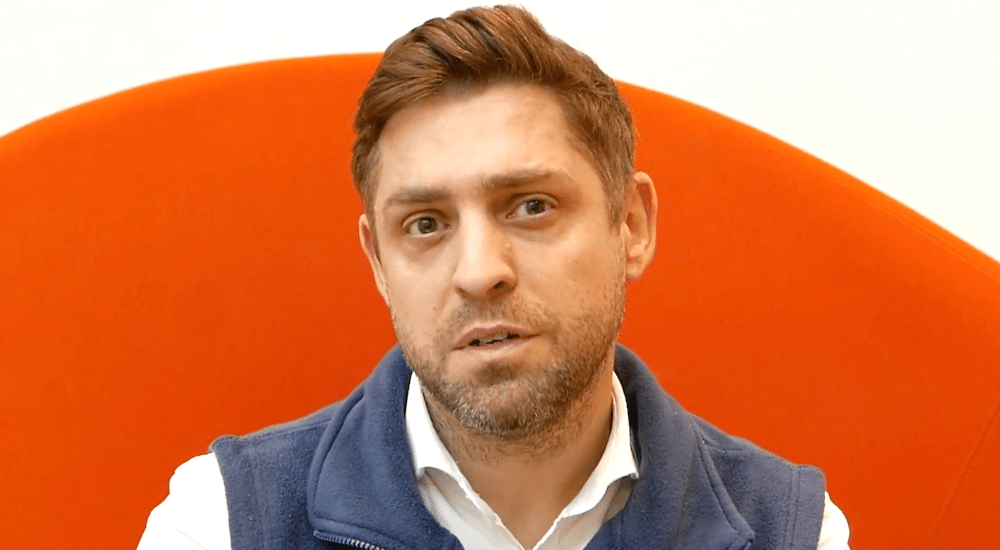Stanford study concludes socially disadvantaged children less likely to receive treatment for common ear disorder
A recent study by Stanford University experts concluded that socially disadvantaged children were less likely to receive treatment for otitis media (OM), and more likely to experience complications from undertreatment of this common disorder.

But these poorer children experience a higher burden of OM, say the authors, and “because socially disadvantaged children experience a higher burden of Otitis Media, inequitable treatment patterns contribute to the disparity,” point out researchers Z. Jason Qian, of Stanford University School of Medicine, and David H. Rehkopf, co-director of the Stanford Center for Population Health Sciences.
“Otitis media is a modifiable risk factor for hearing loss; therefore, future efforts are needed to ensure that otitis media treatment is equitable for all children,” the study concludes.
Cross-sectional study of 4, 831,408 subjects
The study impetus came from the question: “Do disparities exist in the treatment of children with otitis media who are socially disadvantaged vs advantaged?” Studying 4,831,408 children with otitis media and commercial insurance, findings revealed that social disadvantage was associated with lower odds of treatment for recurrent and suppurative otitis media, lower odds of receiving tympanostomy tubes, and higher odds of experiencing a complication from undertreated otitis media.
The exclusively US data was sifted according to age at first otitis media diagnosis, sex, environmental allergies, gastroesophageal reflux, adenotonsillar hyperplasia, zip code, social deprivation index score, social vulnerability index score.
The full study was published here in JAMA Otorhinolaryngology – Head and Neck Surgery.
Source: JAMA
 Sign in
Sign in

